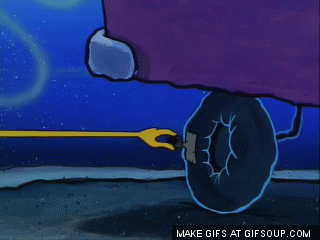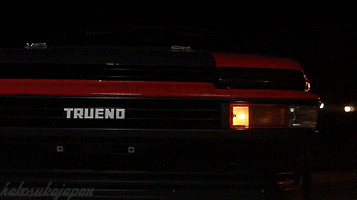Chances are that being a college student, the car you drive no longer carries a warranty, it eclipsed 200,000 miles under the neglectful care of the last owner, and you have been crossing your fingers that it can survive until you get into a career after college. Here is a simple checklist for the mechanical blind to keep your jalopy on the road and the hood shut on your trip back to college.
The oil.
This is the most critical step. Oil is the lifeblood of the engine and the reason metal parts can rub past each other without wearing out. Make sure the level is high enough on the dipstick and add more accordingly, using the oil type recommended on the fill cap or in the manual. As far as oil condition goes, the color can be anywhere from amber to black, but make sure it does not look like chocolate milk as that is a tell-tale sign of serious engine problems.

Coolant.
Checking your coolant level is as easy as taking the radiator cap off, but be sure that the vehicle is cold or else you can be scalded. The coolant should be filled to the top of the radiator and can either be green, red, blue, or orange depending on the vehicle manufacturer; if it is cloudy or chocolate milk brown there may be engine damage.
Tire pressure.
While being a bit low on tire pressure will not be a danger, having the factory recommended tire pressure will do three things; it will enhance ride quality, increase fuel economy, and keep your tires from wearing out prematurely. I know we at least want the gas mileage.
Tire condition.
This is more than the old penny trick. Sure, you want to check tread depth by seeing if you can spot the top of Abe’s head when you stick a penny in the tread, but you also want to see if there are any cracks or bubbles in the rubber. Is the steel belt showing anywhere? Are the tires round (yes, square tires are a thing)?
The spare tire.
That tire underneath all the junk in the trunk is likely the most overlooked part on the vehicle and it is important to check the condition and pressure on it to make sure you do not become stuck in case you get a flat.
Lights.
There is no reason to ride around with a broken headlight or taillight. It is not only dangerous, it’s illegal. I mean, if I wanted a reason for a police officer to pull me over, I’d at least want to be trying to set a land speed record.
Look the car over.
No, don’t just glance at it and say “it looks alright”. Actually walk around. Is anything out of place? Is something hanging almost low enough to hit the ground? Is that rust hole now big enough to swallow your fist? Is there a large spot of oil or other fluids under the car?
Take a test drive.
Turn the radio off and take the car for a quick spin around the block with the windows both opened and closed. Listen for noises like a clunking or grinding around turns, a rattling over bumps, or a nail on chalkboard noise when you hit the brakes.
Items needed in trunk.
There are a few things that should always be on hand in case of emergency. These items include: a quart of oil, gallon of water, a flashlight, jumper cables, tire iron, jack, screwdriver, adjustable wrench, hammer, and blanket.
Make sure the radio works.
We need some tunes to jam to because a trip is lonely and boring without your favorite mixtape.
Following this checklist will only make it more likely that “old reliable” makes it back to your humble college home, but please note that it only includes the most critical and easiest things to check on a car. If you are too lazy to follow these steps or want a more detailed inspection you can take the car to a mechanic for a look-over; any reputable repair shop will do this at little charge.
























